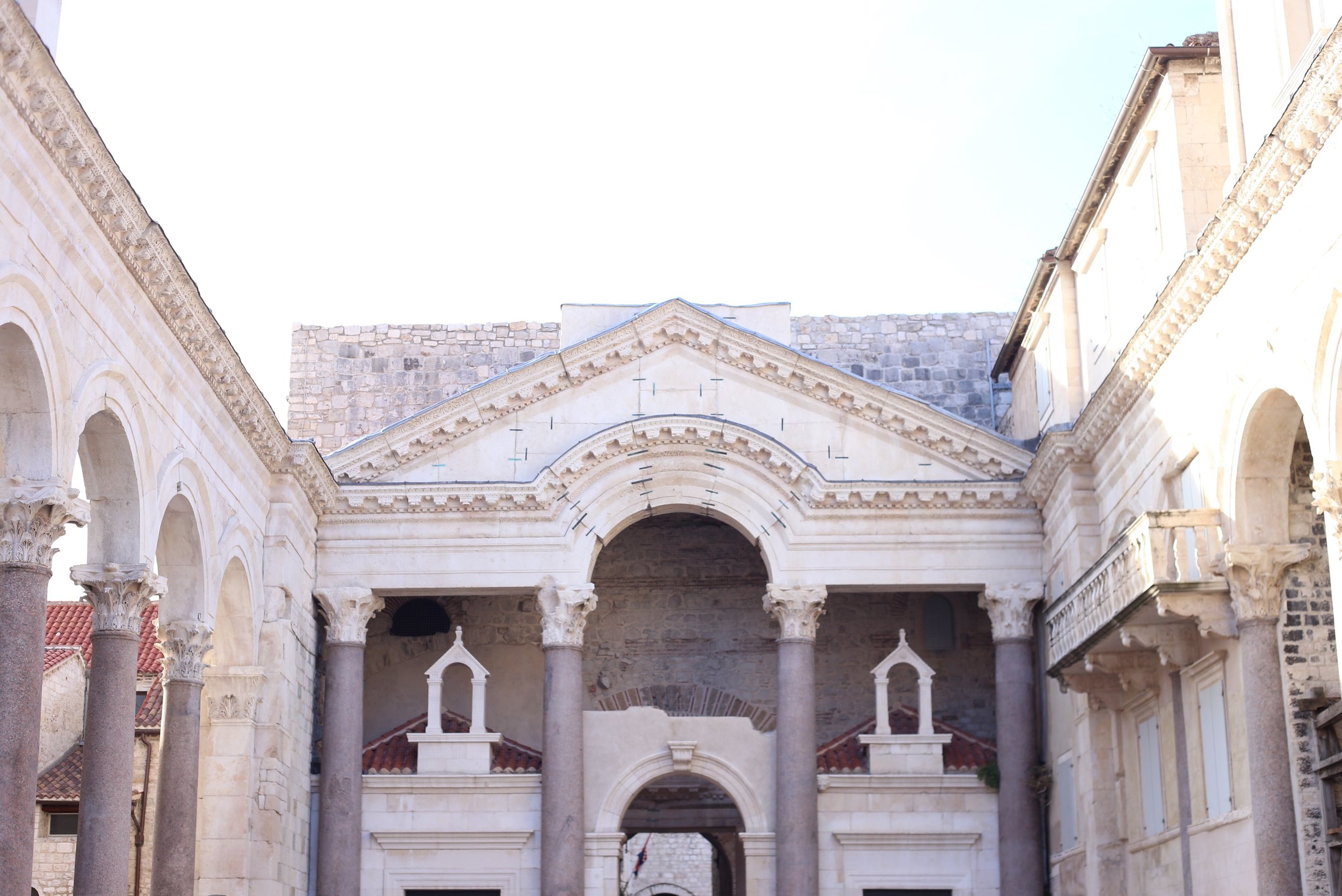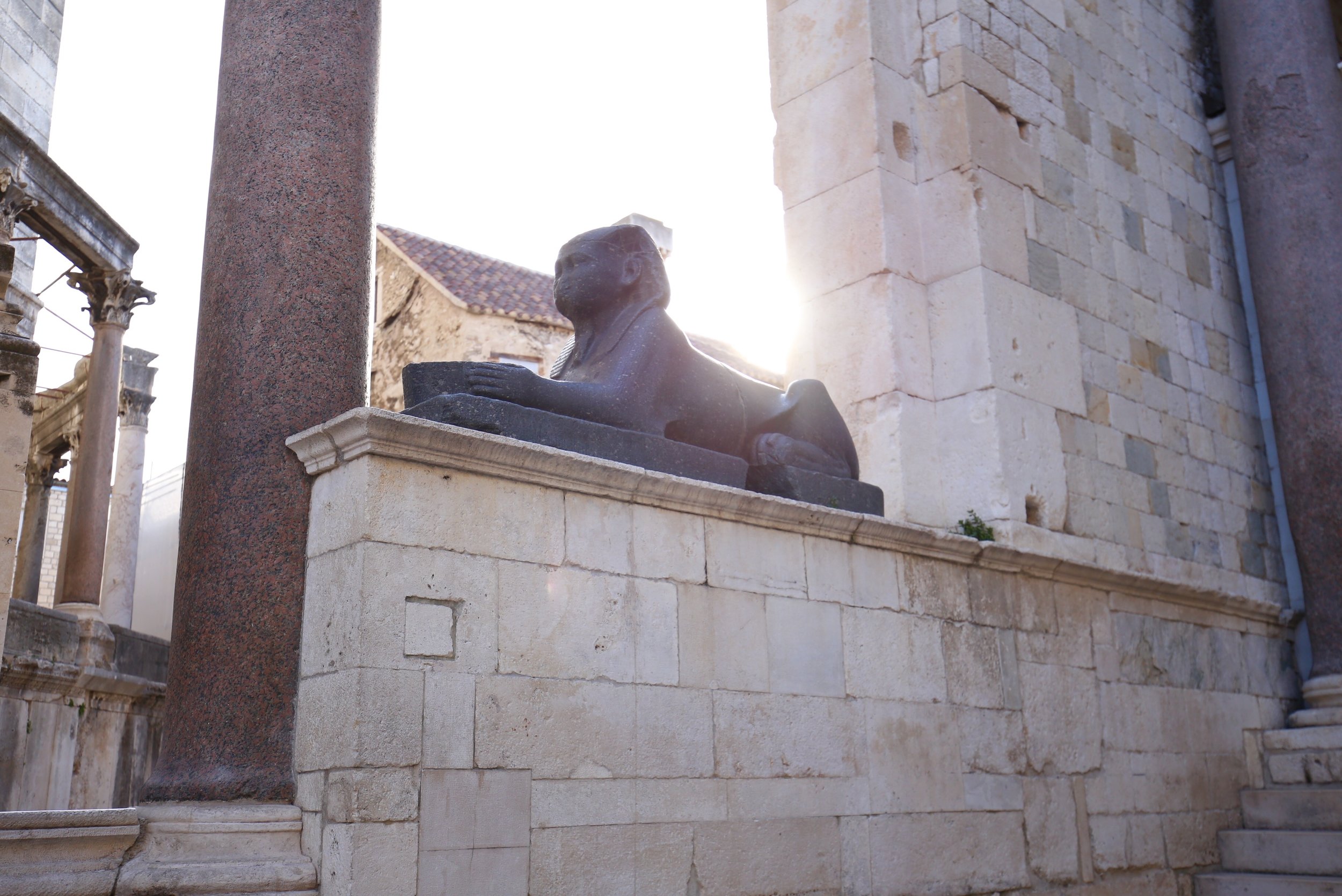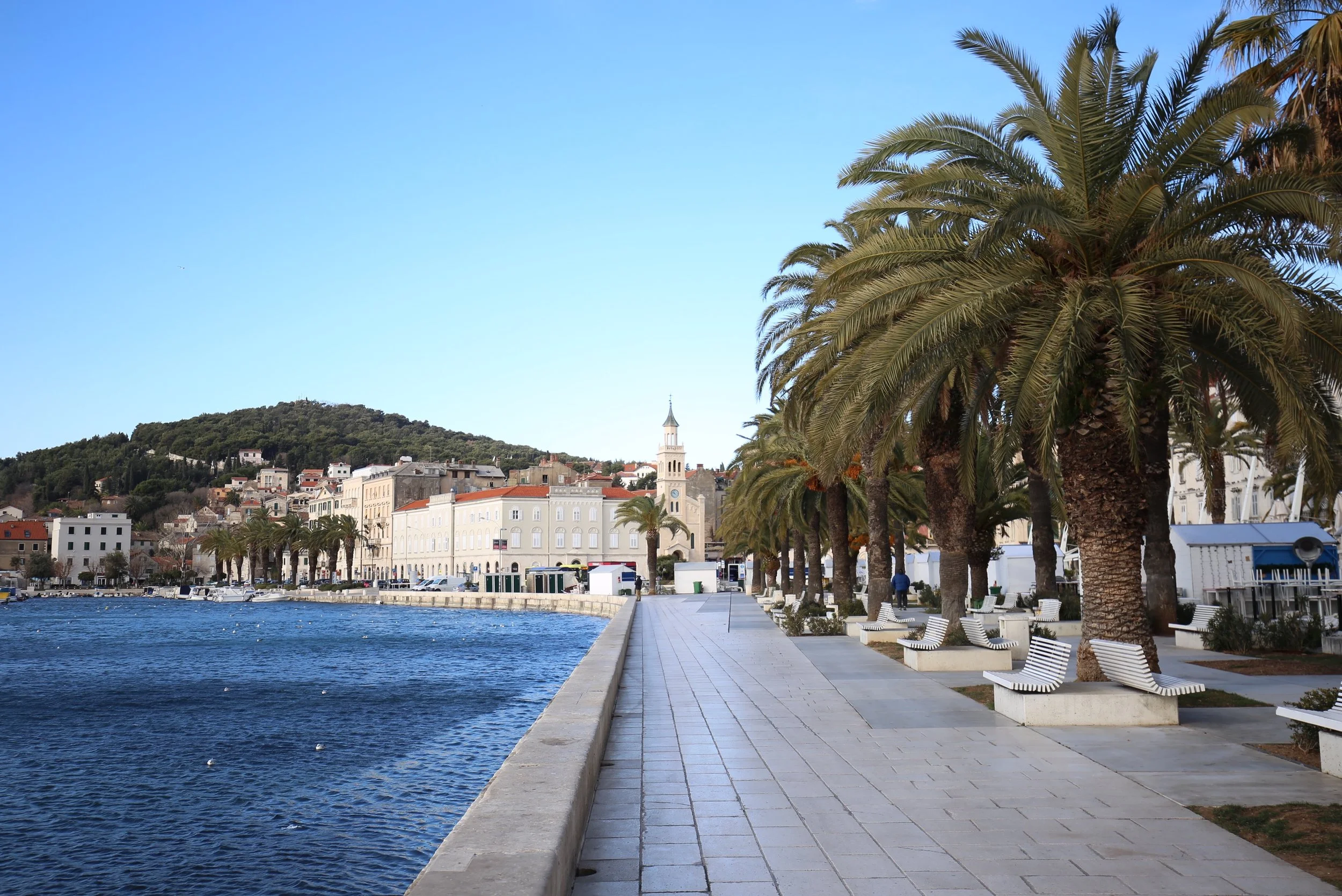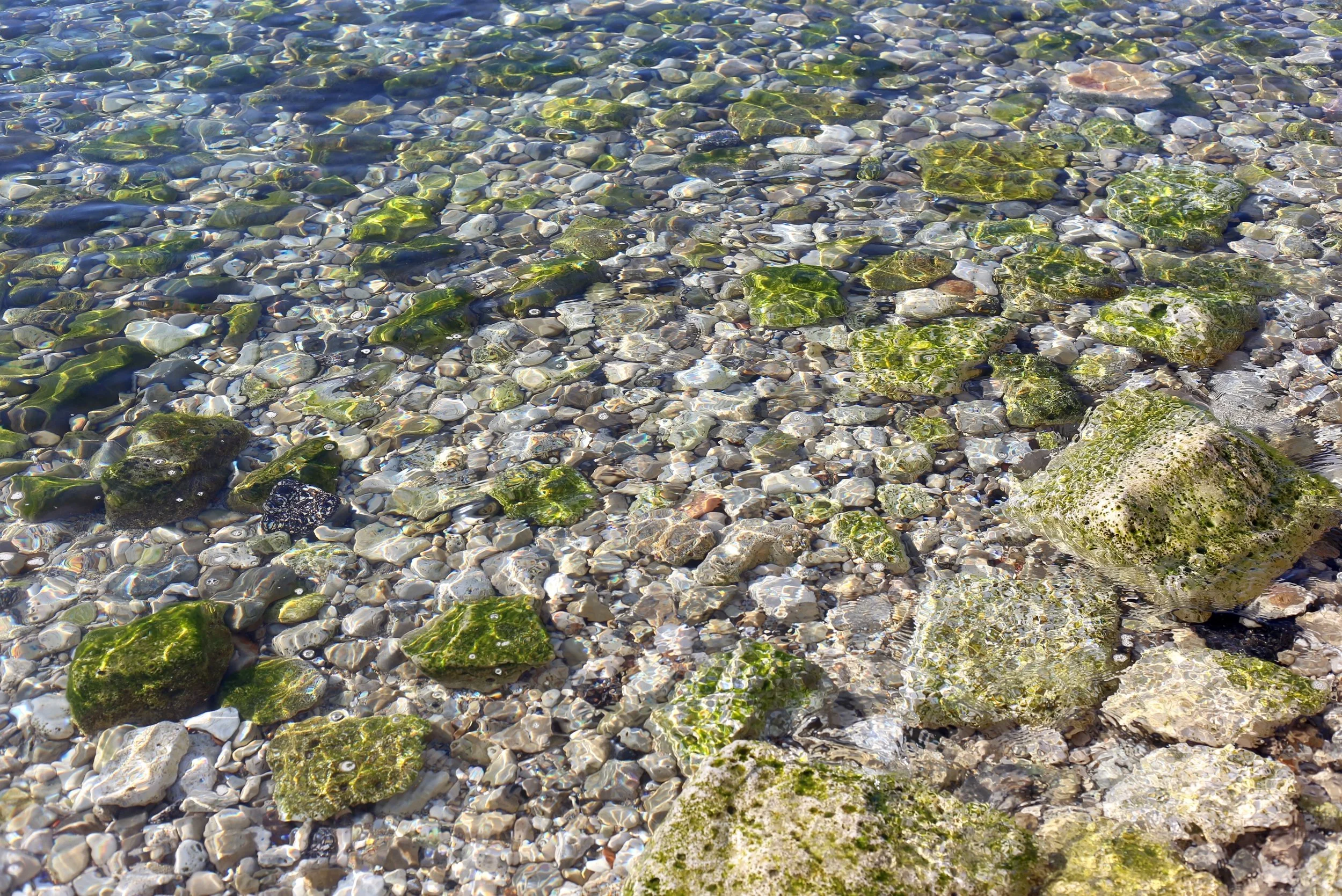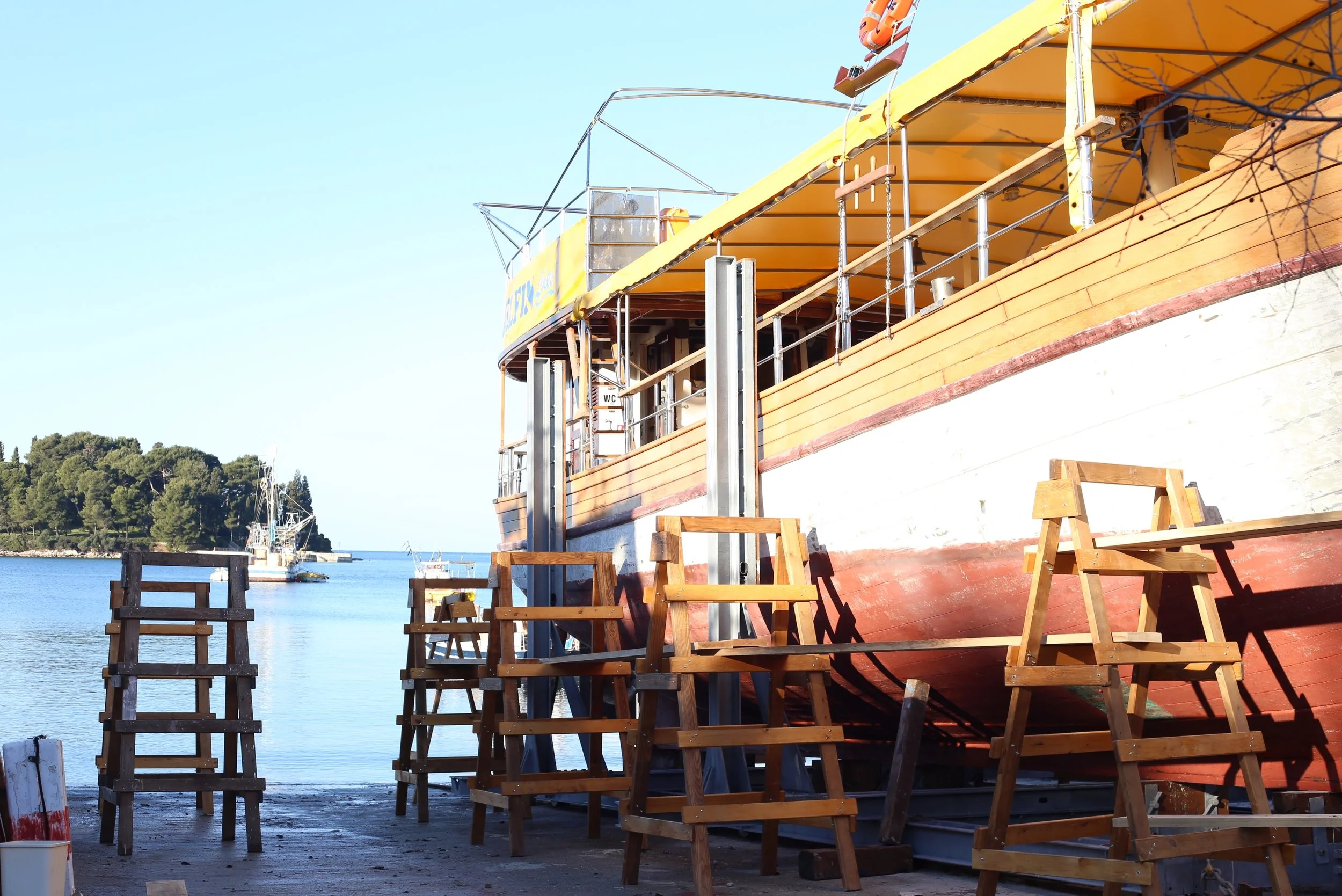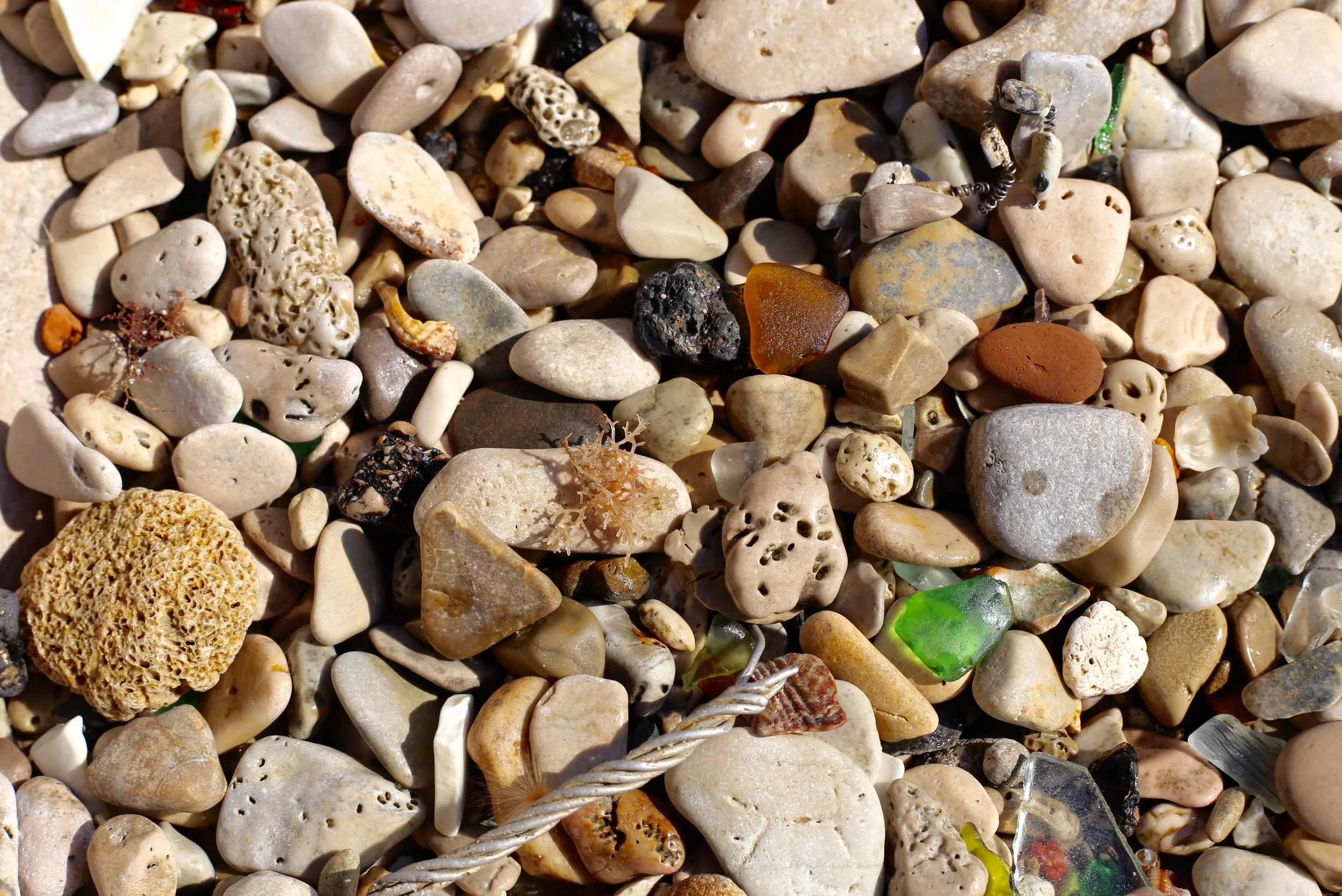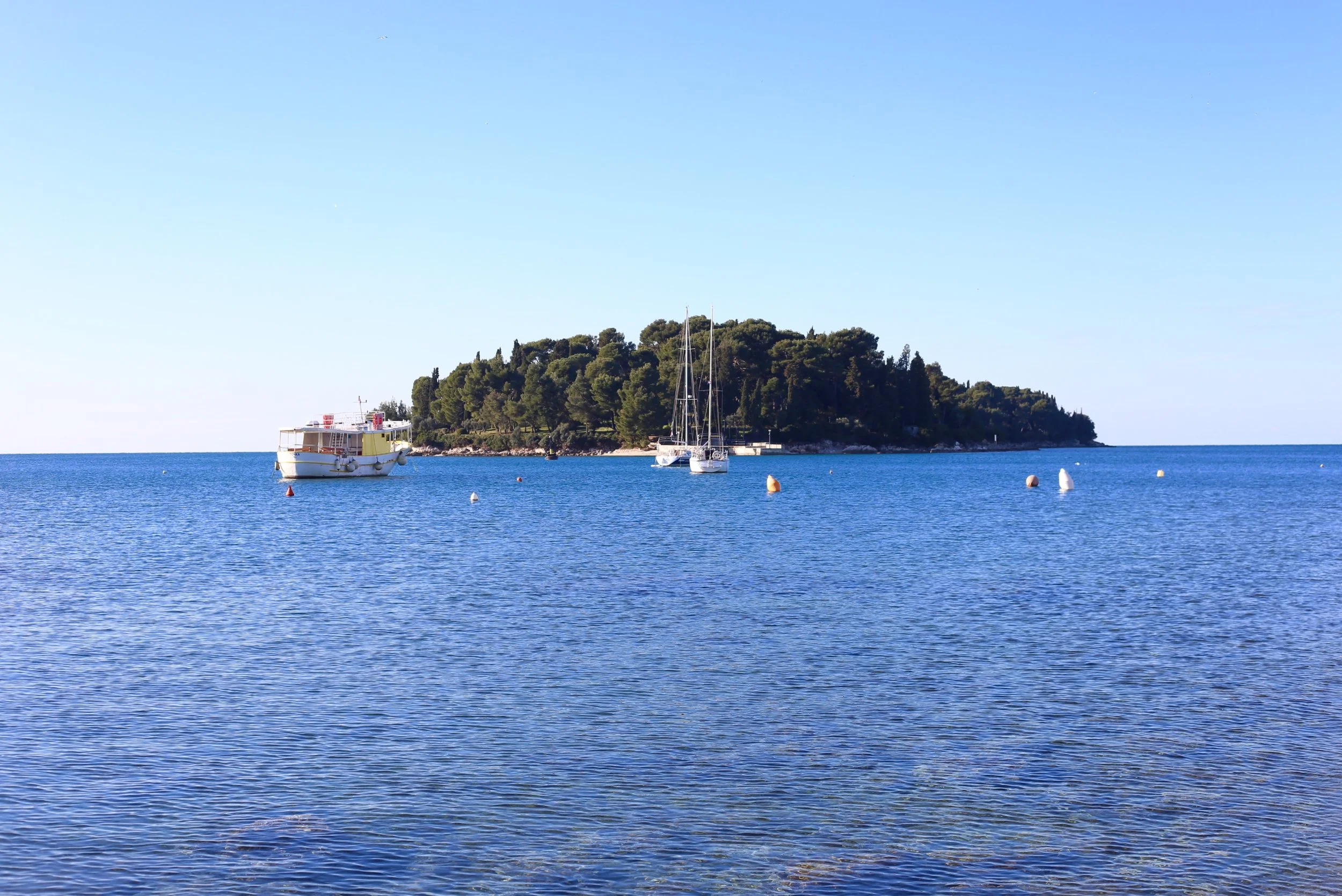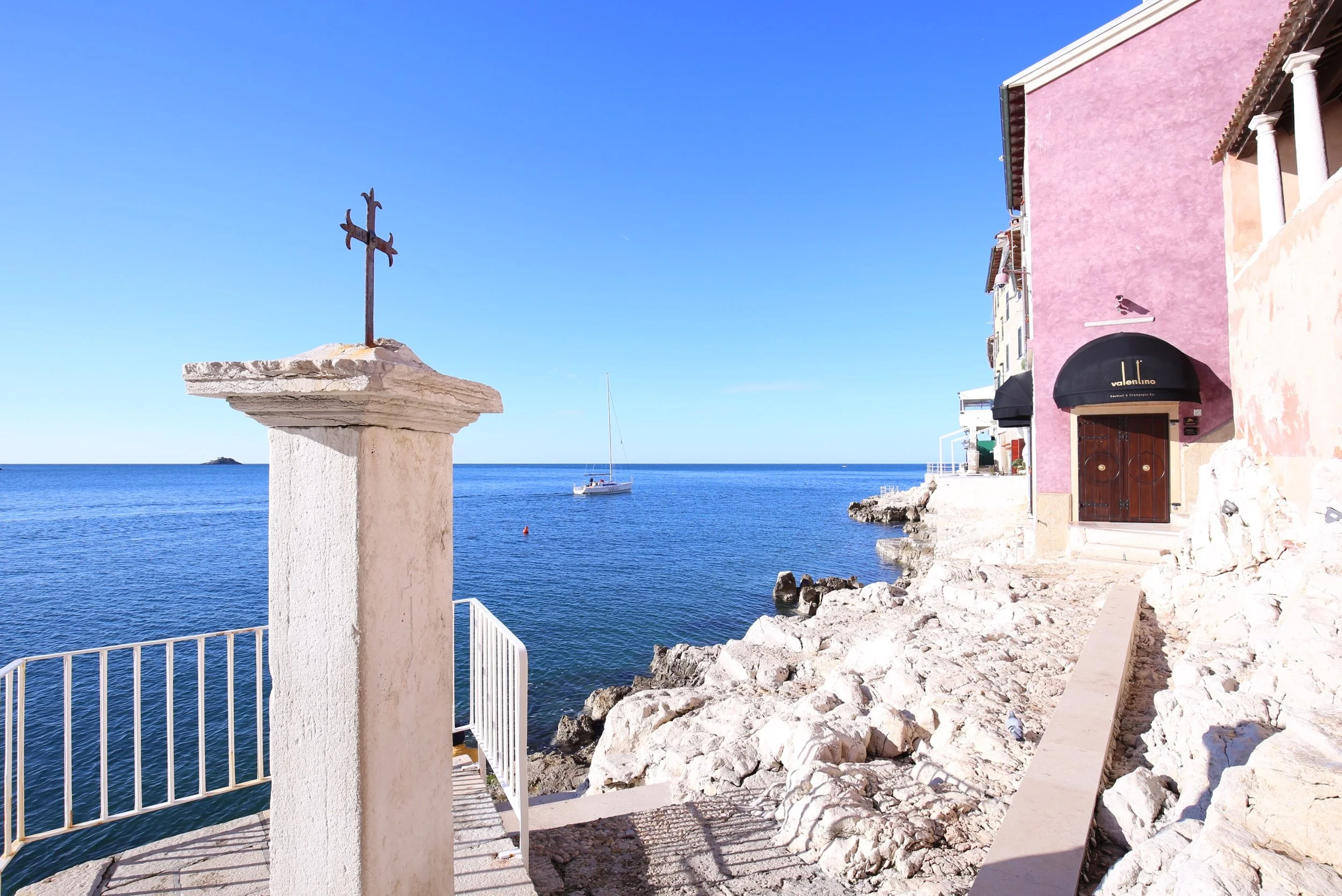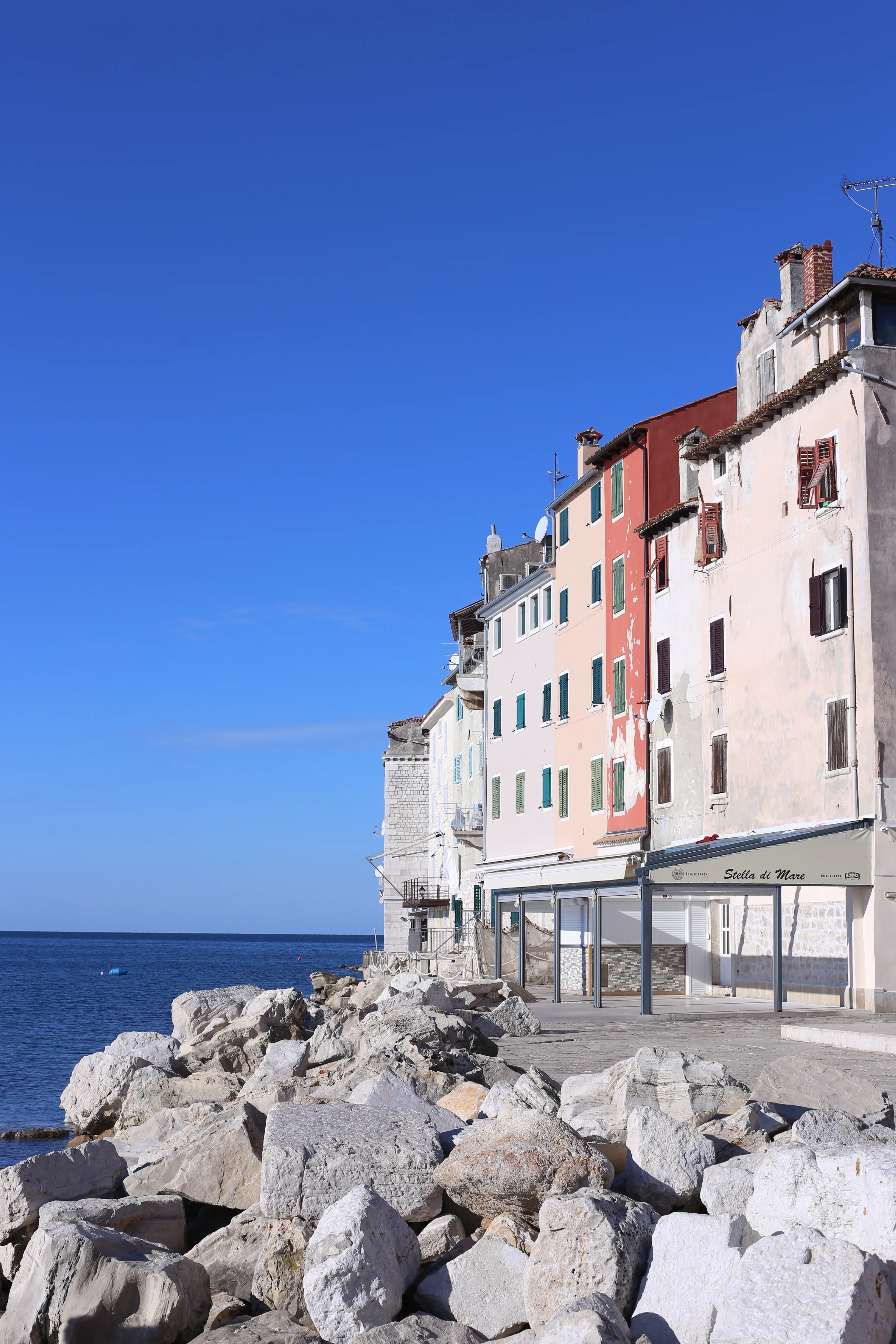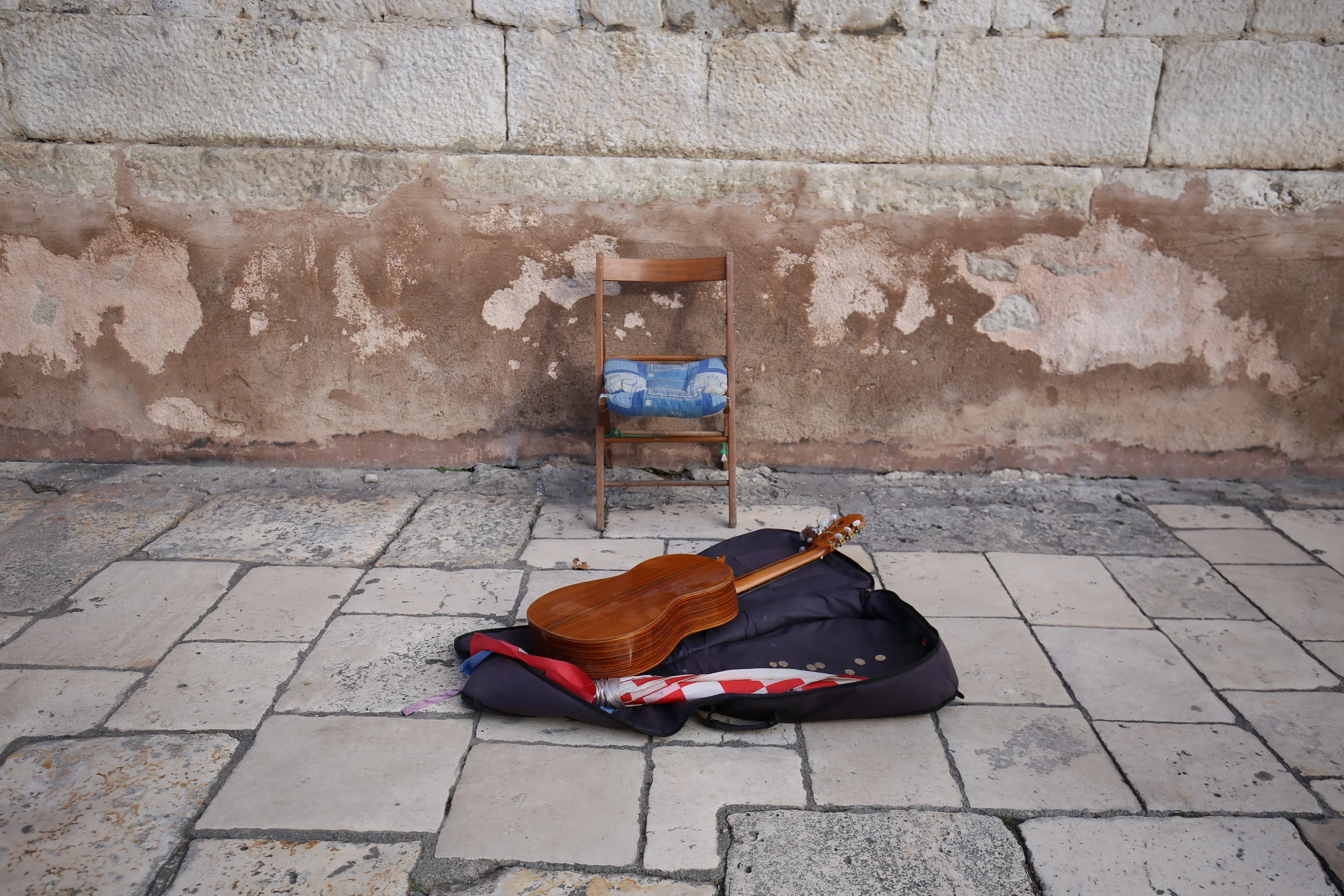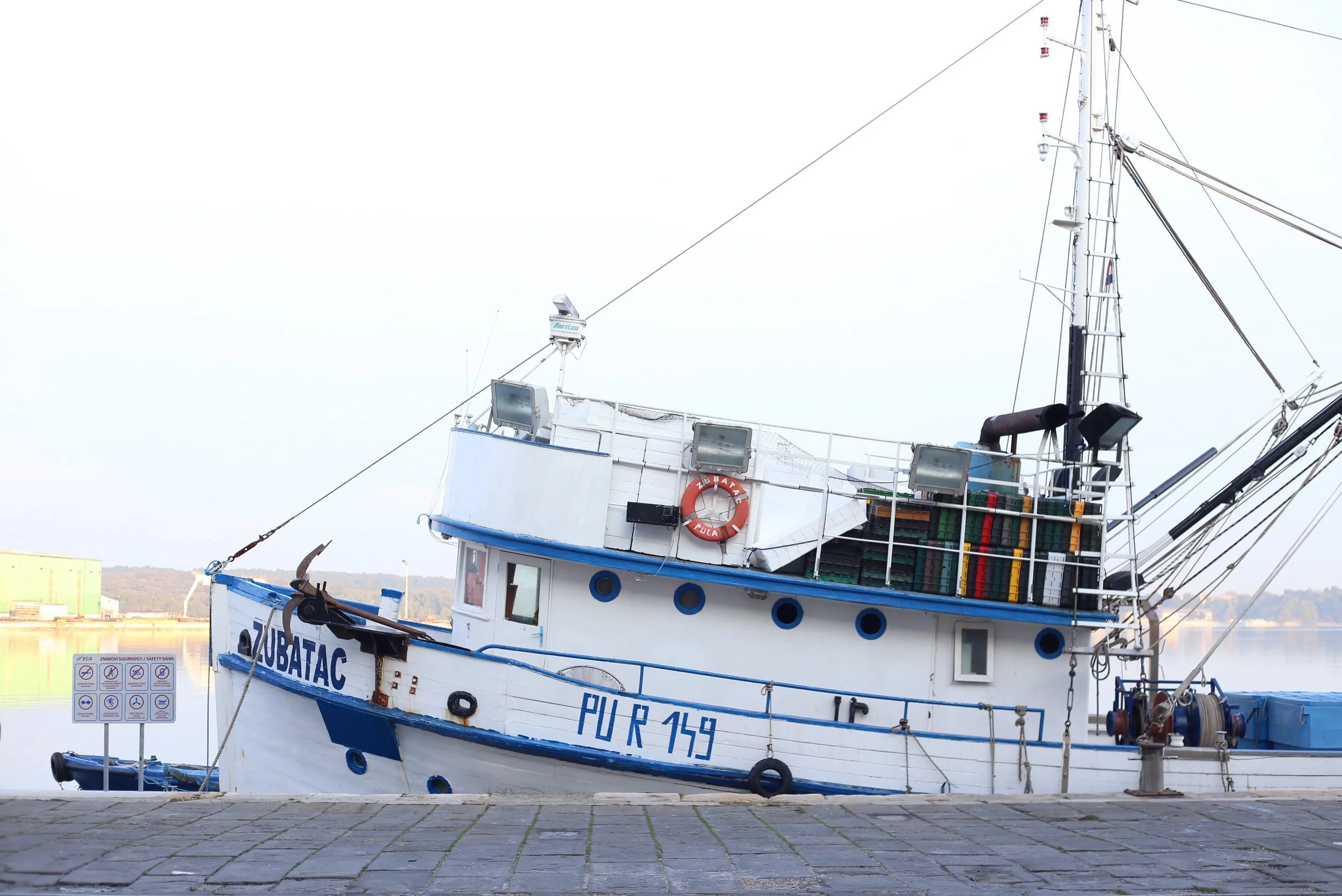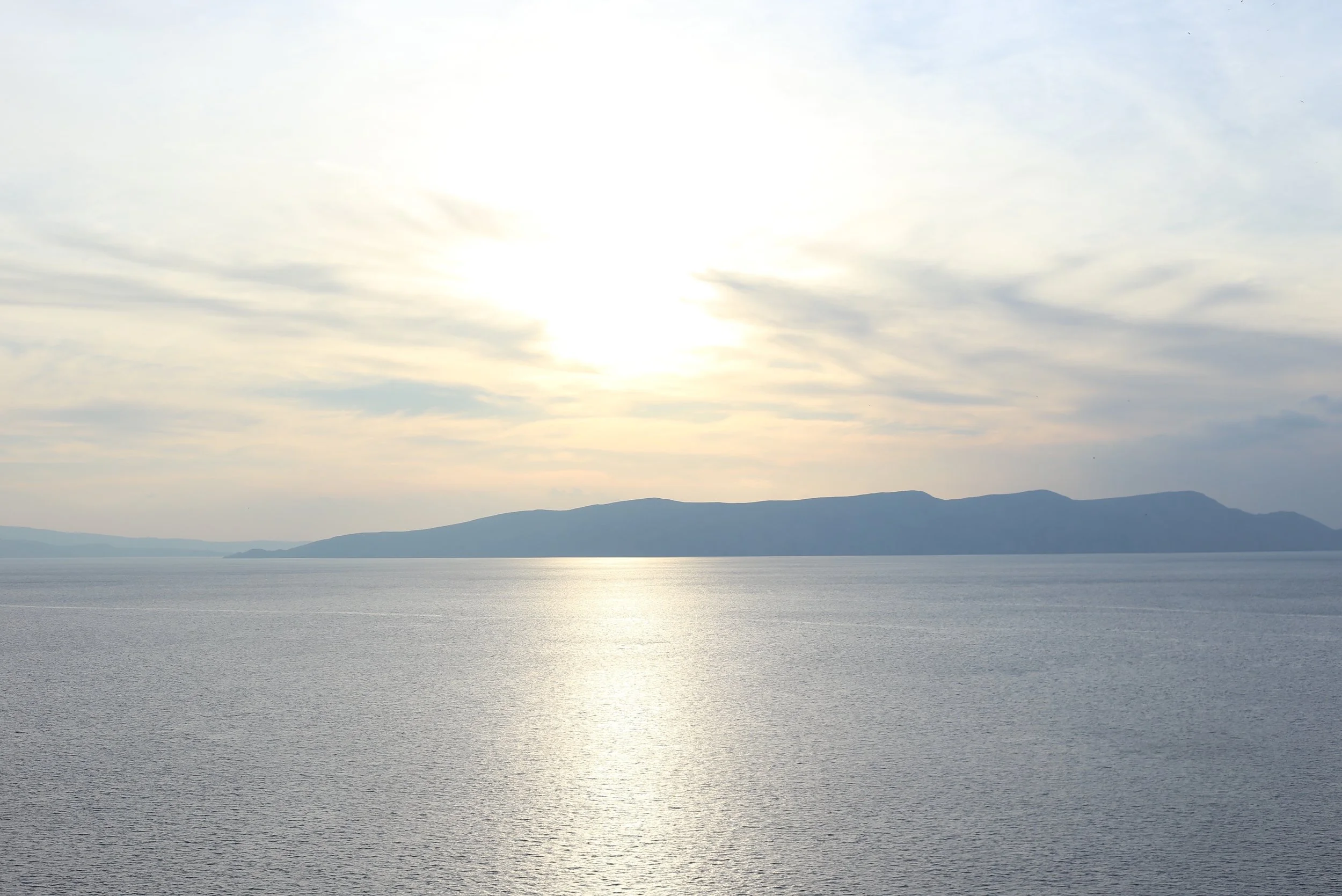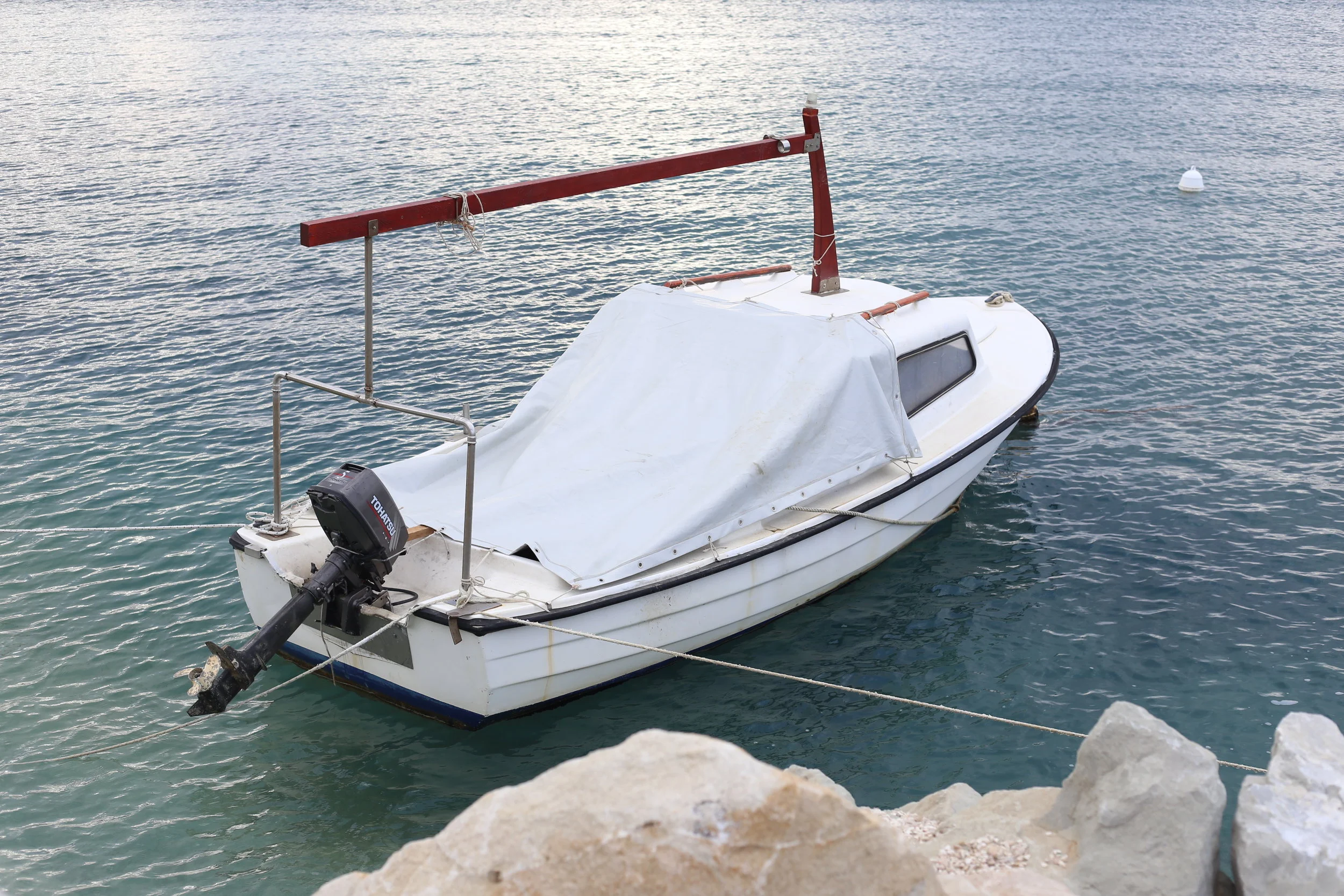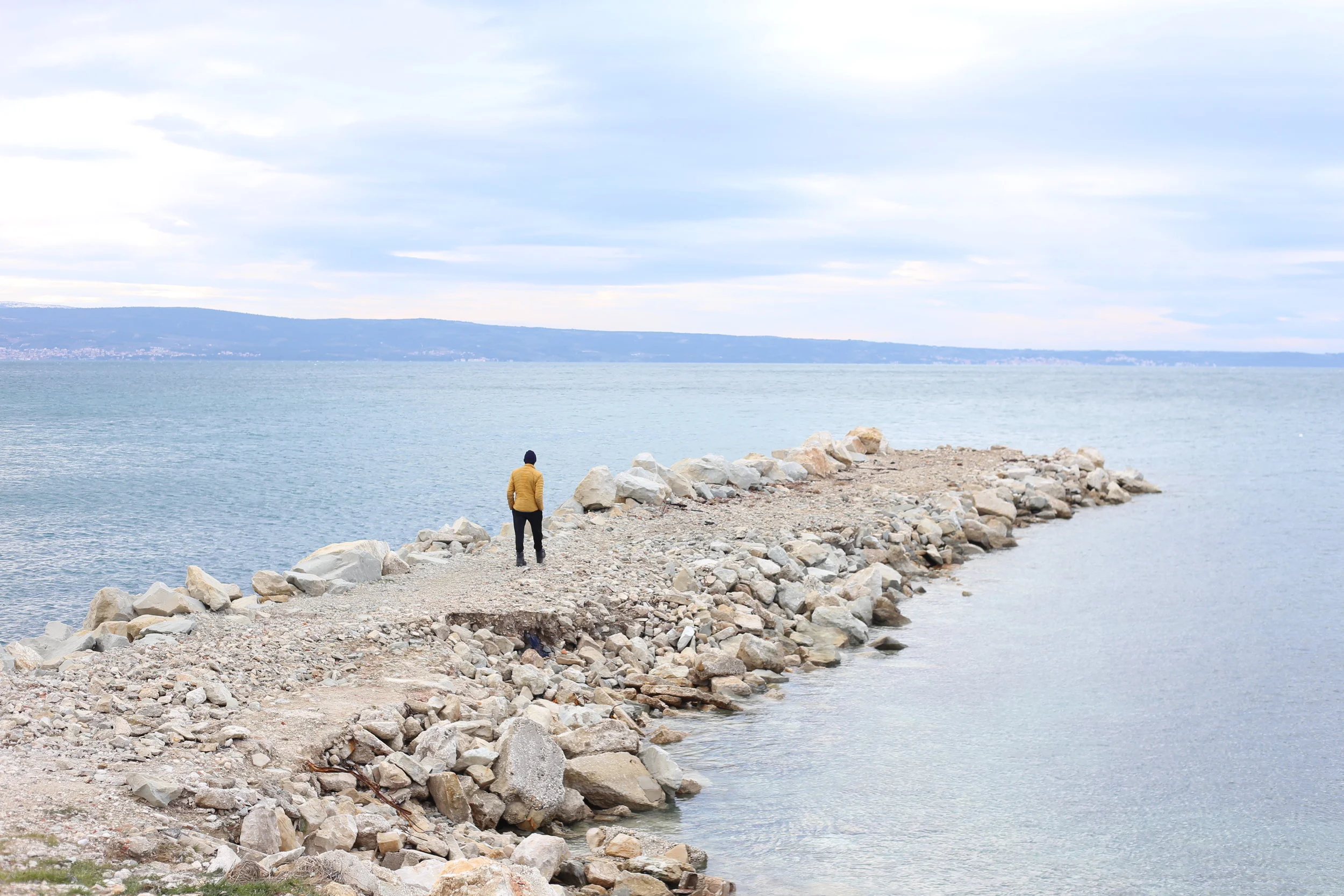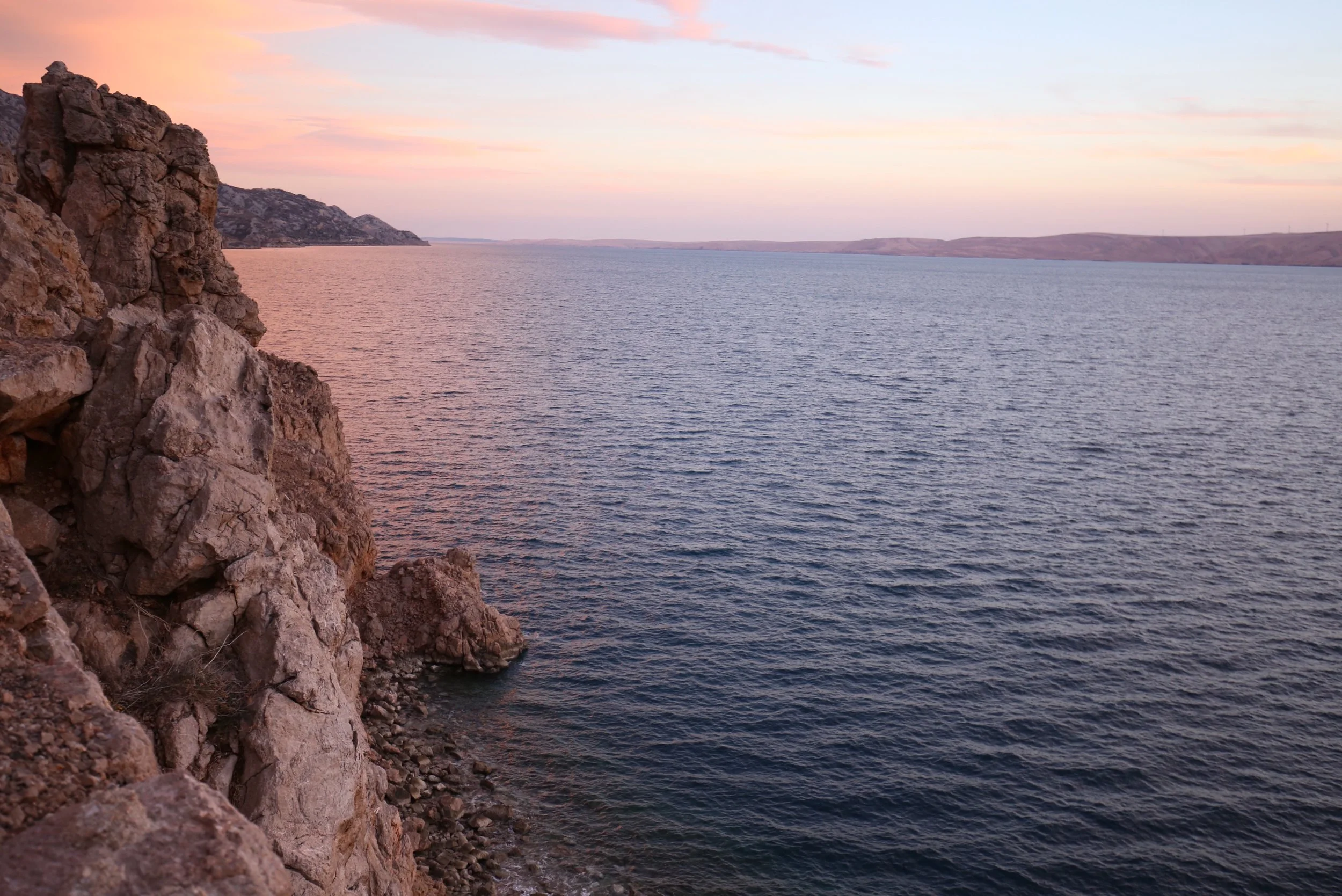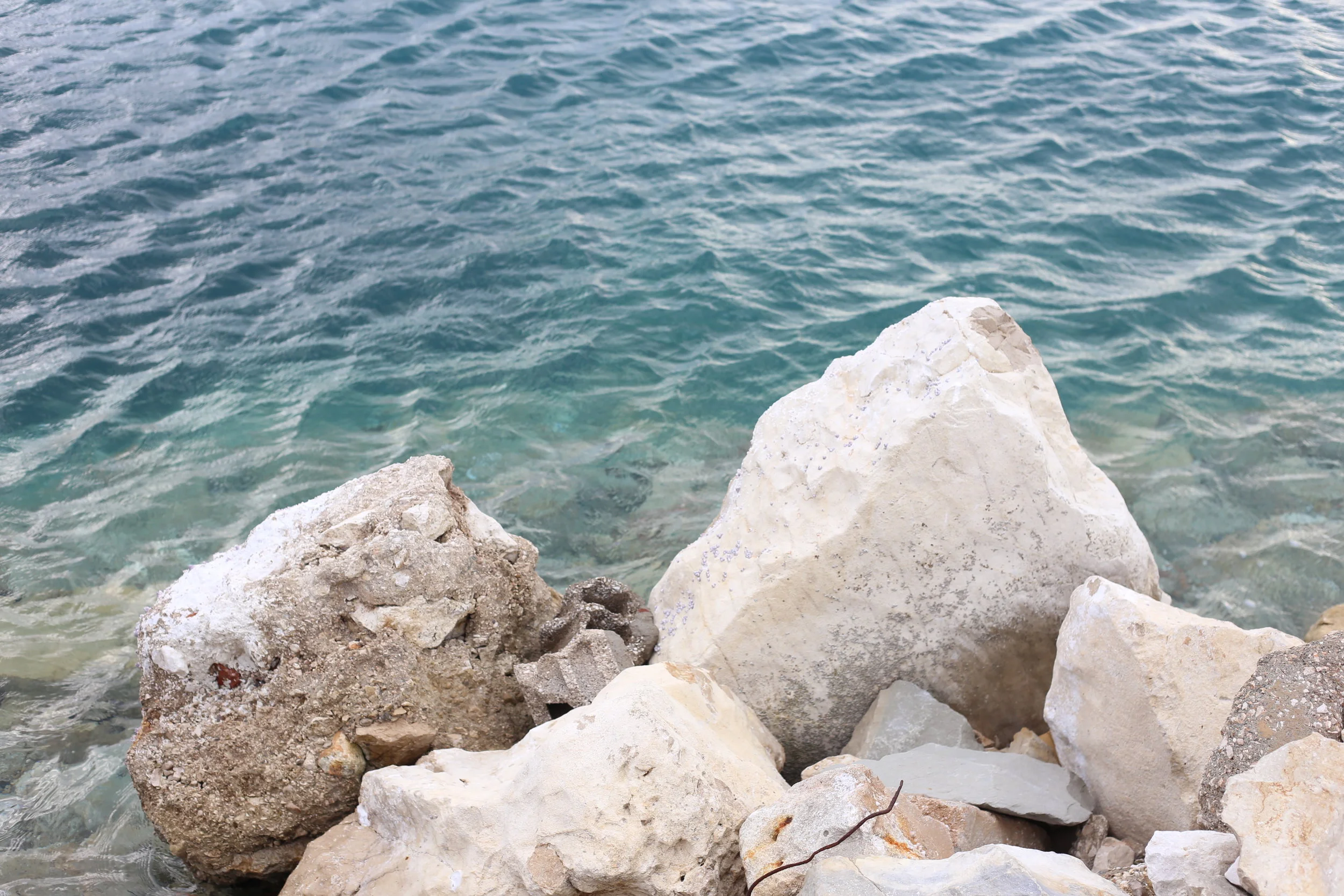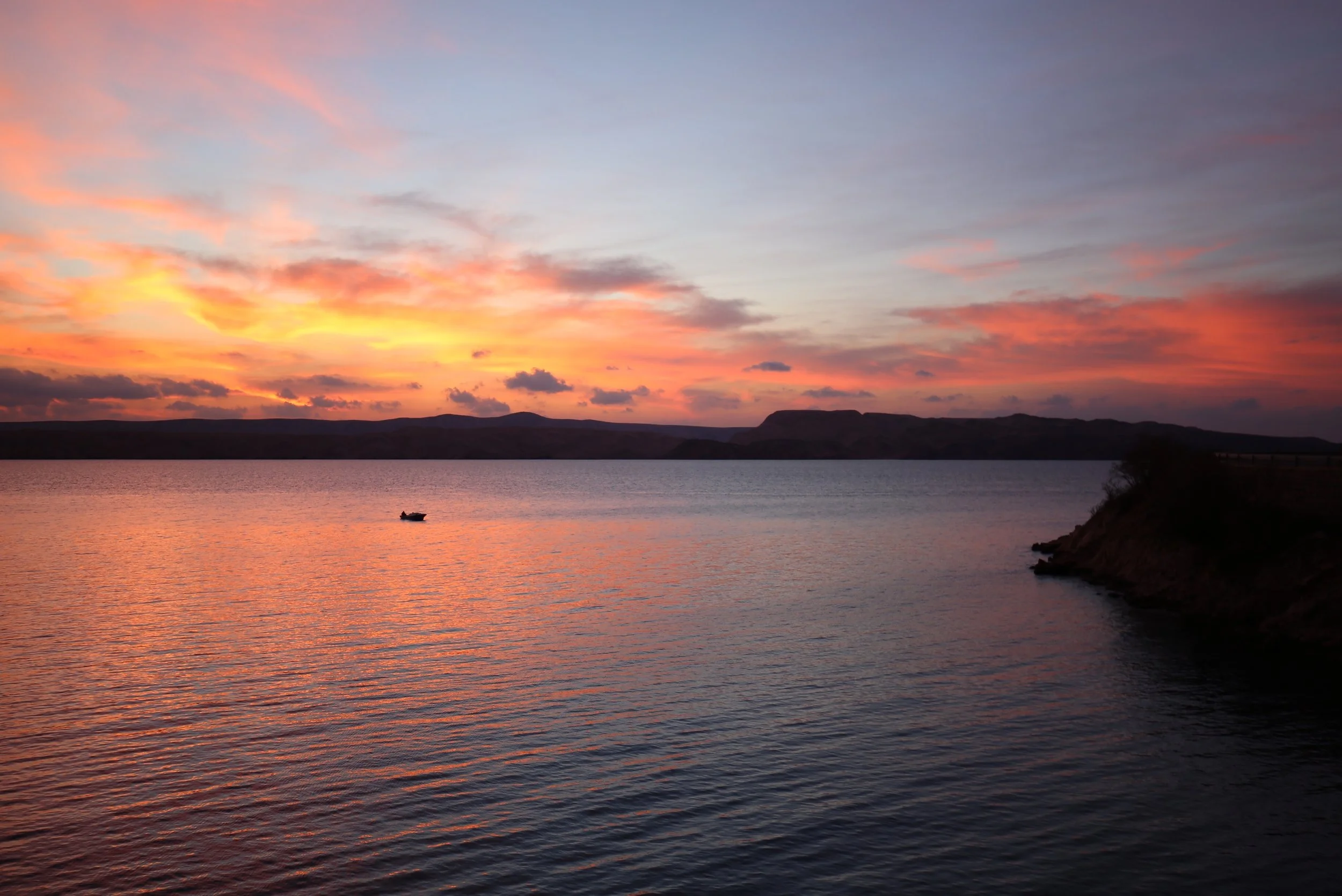“... and I am out with lanterns, looking for myself.”
SEEKING MYSELF IN THE WILDER PLACES
a story in three parts.
Part One.
THE LEGEND OF THE HERMIT AND THE LAKE.
According to reports, a monk or hermit, (in Croatian: a kaluđer), used to live either in Šupljara Cave, just next to the waters of Kaluđerovo Jezero, or in Golubnjača Cave at the canyon edge.
People used to seek advice from this hermit.
Part Two.
A DISCOURSE ON THE HISTORY OF SEEKERS,
& THE ETYMOLOGY OF DISCOVERIES.
People will go far to find answers.
In times past, a seeker would undertake a pilgrimage, and through that holy act of journeying, would find answers to questions posed in well-worn words:
"Who am I?"
"Where am I? | Why am I here? | Where am I going?"
"What is my relationship to the divine?"
"How can I heal all my hurts?"
In a similar fashion is the 'walkabout' - a rite of passage for the aboriginal males of Australia; and a deeply spiritual practice in which the young man must find his own way, surviving alone for months in the wild.
Seeking is an act that finds fulfillment in the discovery...
. . .
DISCOVER
noun | dəˈskəvər
Latin : dis = reversal
French : couvrir = to cover
{ synonyms }
find
locate
stumble upon
learn
realise
recognise
uncover
unearth
track down
. . .
Discovery... the word itself implies:
1. That a journey of sorts was undertaken - as in the journey one must make to find gold, or a lost sock; one must go further than oneself to find it.
2. That whatever was found had existed already, and was merely un-covered.
Part Three.
THE CONTINUING DISCOVERIES OF MYSELF
When I wish to find myself again, I go out - outside, to the wildest place I can find. Then I go in - inside myself, to the deepest recesses of my mind and body. It is there, at that exact point, where I will find myself.
There I am - in the air (the air in me), in the earth (the minerals in me), in the water (the water in me), and in the plants (the plants in me).
This is a simple discovery - an uncovering of my essential blueprint and base nature.
If I had not married, or if I had been born in another place and time, I would certainly have become a temple-living monk, or perhaps even a cave-living hermit.
...
We drove into the hills of Croatia, far above the sea-scape towns. Up there it was cold. Everything was blanketed in snow, but the roads were clear for the most part. In the early light of afternoon, we reached our destination of the day: a series of hanging lakes, each one falling into the dark green pools of the next. As it was the dead of winter, the place was quiet, and our board-walk pilgrimage was made in a friendly kind of silence. I happened upon a cave, where I sat for a while, breathing, watching the ducks. That evening, as we descended from what felt like calm oasis in the mountains, I found myself in the midst of a violent storm, and re-learned what it means to be alive - to survive, as a small, warm-blooded body on this planet.
This event still sits prominently in my mind, as one of a series of lessons in becoming deeply grounded - finding all that is essential to me and my existence here. It was an excavation of the root chakra, a survival course, a learning-to-live-away-from-home experience; my very own walkabout and pilgrimage.
Epilogue.
I want you to ask yourself this:
“Who am I,
wild and untamed?”


















